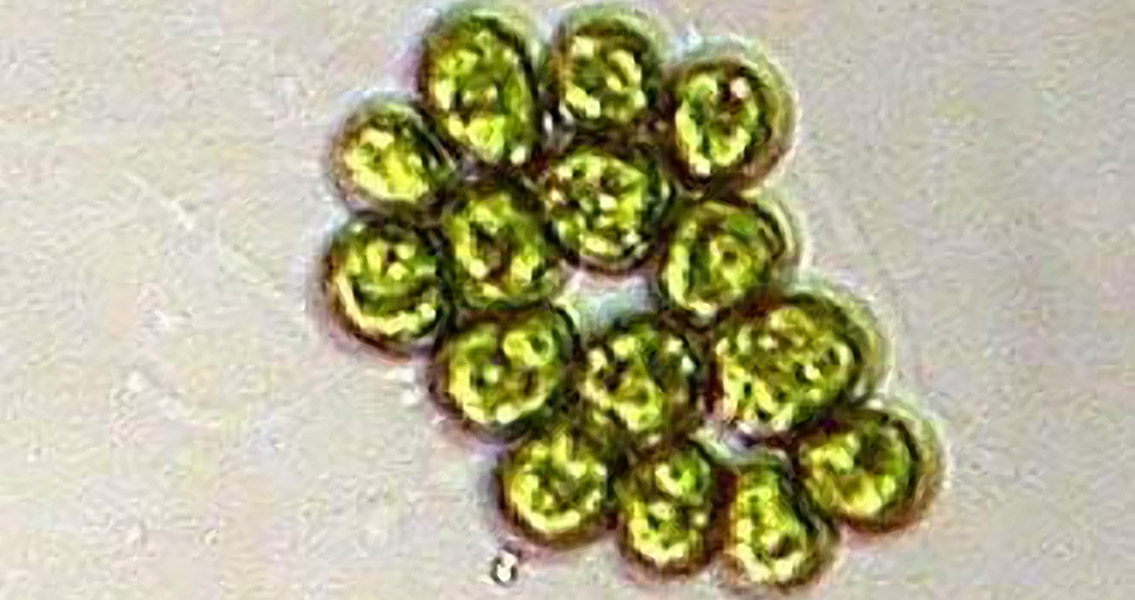<![CDATA[An international group of scientists have gleaned new information about the formative steps of the evolution into multicellularity, providing new insights into the development of life on Earth. A constant, repeated process throughout the history of life on the planet is the evolution of multicellular life from single cells. Fluid compartments containing genetic material and bound by a membrane, cells are the crucial components of all life on Earth. Typically, single celled organisms reproduce asexually and live their lives in competition with other single celled organisms for space and resources. At several points in Earth's history however, single celled creatures have somehow evolved to co-operate, dividing themselves into reproductive and somatic cells. This process is crucial to the vast majority of life we can see around us today, with lineages of multicellular life including animals, plants, various types of algae and fungi. For a number of reasons, it has long been close to impossible for scientists to gather any insight into when and why these shifts to multicellularity occurred, not least because the earliest forms of multicellular lineages tended to lack hard tissue, such as bone, shell or cellulose, and are thus rarely found in the fossil record. Pierre Durand, a researcher in the department of Molecular Medicine and Haematology and the Evolutionary Studies Institute at Wits University, and one of the authors of the latest study, explained its significance. "The evolution from unicellular to multicellular life was a big deal. It changed the way the planet would be forever. From worms to insects, the dinosaurs, grasses, flowering plants, hadedas and humans, you just have to look around and see the extraordinary forms of multicellular existence," "It has been difficult to explain how this occurred because it was not an easy thing to have happened." Durand continued, in a press release from Wits University. "So questions like 'why did single cells live together in groups at the very beginning of multicellularity when it puts them at a fitness disadvantage?' challenged us for a long time," The latest study, published in the journal Nature Communications, is finally starting to address some of these gaps in our knowledge of evolution. The heart of the investigation was Gonium pectorale, a simple green algae comprising only sixteen cells. Following an international collaboration between Kansas State University, the Universities of Arizona and Tokyo, and Wits University, the genome of the algae has been sequenced, allowing an in depth study of its DNA. Volvocine green algae, the group to which G.pectorale belongs, is an invaluable model system for studying multicellularity. As Durand explained, “The evolutionary transition to multicellularity has occurred numerous times in all domains of life, yet the evolutionary history of this transition is not well understood. However, the volvocine green algae include a diverse variety of unicellular, colonial, and multicellular species.” The volvocine group is a diverse one, meaning it is possible to study members of varying degrees of complexity. They also evolved relatively recently, during the Triassic period, meaning there is enough evidence to study their origns. According to the study, group formation in the algae evolved by co-option of the retinoblastoma cell cycle regulatory pathway. “Significantly, expression of the Gonium retinoblastoma cell cycle regulator in unicellular Chlamydomonas causes it to become colonial. The presence of these changes in undifferentiated Gonium indicates extensive group-level adaptation during the initial step in the evolution of multicellularity.” the authors write, in the abstract to the study. Although only scraping the surface of the complicated transition from single to multicellular organisms, the team have succeeded in uncovering some of the genes that regulate cellular growth and division within the G.pectorale. It helps explain how single cells lived in groups, and could prove a vital starting point in shedding light on other aspects of multicellular transition. For more information: www.nature.com Image credit: The Volvocales Information Project by Aurora Nedelcu]]>
New Insights into Origins of Multicellular Life
